Coastal Lake Michigan Projects
Root-Pike WIN collaborates with municipalities to communicate
issues and improvements along the Lake Michigan coast.
Good water quality is critical in order to protect public health and catalyze sustainable development. In Racine, we have seen firsthand the incredible impact of a beach remediation at our North Beach. For too many years our largest public beach was essentially abandoned because it was closed to swimming due to poor water quality. Since the completion of a number of projects including the installation of stormwater best management practices, an aggressive find and fix sanitary sewer initiative, beach grooming practices, and dog restrictions, North Beach is now open to swimming all summer and attracts growing numbers of residents and out-of-town visitors, and has won the city national recognition for having one of the cleanest beaches in the United States. This project has become a model and has led to other coastal beach remediation projects along Wisconsin's Lake Michigan shoreline. Read more about historical water quality monitoring and restoration activities at Racine's North Beach.
Beach restoration projects make significant progress towards the protection of human health and the restoration of critical habitat and ecosystem function. Several projects are planned or underway under the direction of Dr. Julie Kinzelman of the City of Racine Health Department and Dr. Greg Kleinheinz of the University of Wisconsin-Oshkosh.
On the east side of the restoration area, sedges, rushes and blue flag irises are seen in the foreground with the raised breakwater and constructed dunes in the background.
samuel p. myers park, racine, wi
Samuel Myers Park is located along the shore of Lake Michigan in Racine, Wisconsin, in the direct drainage area of the Pike River Watershed. The area has been officially designated as a public bathing beach by the WI DNR since at least 2002. The park was comprised of turf grass open space fronting Pershing Boulevard which transitioned to a sandy area (formerly lakebed). Sam Myers Beach sits in a 0.7 mile long embayed basin that has numerous potential E. coli sources. In addition to these sources, little was known of the hydrodynamic processes in the basin, which further added to the complexity of determining contamination sources. Restoration of the beach is actively occurring in 11 carefully-planned phases.
In 2013, interested stakeholders formed a group, Friends of Myers Park, in support of the restoration. The mission of the group is to support the re-development of Samuel P. Myers Park and waterfront through volunteer involvement and community fundraising in order to create a unique park and waterfront that will be an unrivaled resource for recreation and education. Root-Pike WIN is working with this group on outreach and education for the project. Like this group on Facebook to receive news on its progress.
Project Resources:
Park History & Project Presentation
Brief Project Description
Restoration Model Video
A vegetated transitional area at Eichelman Park Beach promotes infiltration of stormwater, creates new habitat and enhances the beauty of the park.
Simmons Island Park & Eichelman Park, Kenosha, WI
Simmons Island Park is located at 5001 Simmons Island Drive, Kenosha, Wisconsin. In addition to the beach there is a paved bike trail, two historic lighthouses, two playgrounds (one on the beach) and an open air pavilion. The Simmons Island beach house was added to the national register of historic places in 2003. Simmons Island Beach is Kenosha's flagship beach and is the subject of a comprehensive master plan to enhance amenities and increase opportunities for public access.
Eichelman Park Beach is located withing the downtown area of Kenosha, Wisconsin. Is has a distinct configuration from the other beaches in Kenosha County as it is embayed and faces south. Due to the embayed nature of the beach, is is subject to less wave action and has a weaker circulation pattern than the other open water beaches. This configuration likely explains its attraction for families with young children but may also explain the frequency with which water quality advisories occur. One of the City of Kenosha's permitted discharge zones is located just downstream of the beach.
Project Resources:
Brief Project Descriptions
Simmons Island & Eichelman in the News
Eichelman in the News
A large rain garden at Grant Park captures stormwater, creates habitat and helps maintain the biodiversity of native plant ecosystems.
grant park, south Milwaukee, WI
Grant Park Beach, a part of the Milwaukee County Park System, is located along the shore of Lake Michigan in South Milwaukee, Wisconsin. Grant Park Beach appears on the WI DNR's list of impaired surface waters (Clean Water Act, Section 303(d)) for excessive beach closures or advisories.
Project Resources:
Project description
Grading Plan
Landscape Plan




